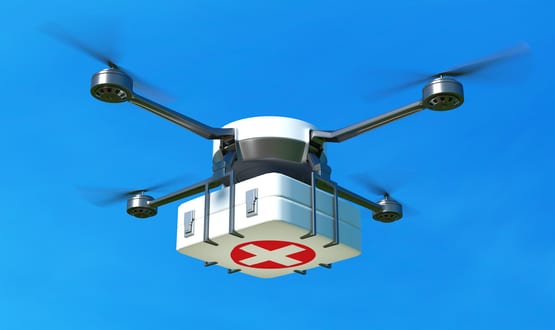Quake sparks data sharing in NZ
- 20 March 2013

A devastating earthquake helped a New Zealand health board implement an electronic shared care record for its patients.
Dr Nigel Millar, chief medical officer for the Canterbury District Health Board, revealed his experience of implementing a Shared Care Record View at the NHS Innovation Expo 2013.
The Canterbury board has had a fully functioning SCRV for three months.
It holds information on a patient’s allergies, prescriptions, lab and radiology results, outpatient activity, clinical correspondence and recent GP consultations.
The board is looking to include information from community providers and the St John ambulance service.
The viewer cost (NZ) $1.5m and is available via a button in GP, out-of-hours, hospital and pharmacy systems.
There are about 5000 accesses a month, 95% of GPs have used it and 7000 items are updated each month from pharmacies alone.
Dr Millar told EHI the devastating Christchurch earthquake of 2011 acted as a catalyst for driving through the development of a shared records system.
A number of New Zealand’s district health boards had previously worked together to create a shared record system, but the challenges proved too difficult to overcome.
Canterbury DHB, however, remained committed to the idea and the board’s chief executive was actually meeting with Orion Health’s chief executive to discuss implementing a portal when the earthquake struck.
Little did they know that the disaster would break down many of the barriers they were facing as the need to provide safe healthcare to the citizens of Christchurch, wherever they were, overcame clinicians’ hesitancy to share their information and change their business practices.
Orion became one of the first companies to move to Christchurch after the quake and now employs 40 people there.
Dr Millar said the quake meant people were prepared to take more risks to get things done and this change in attitude had persisted.
As GPs became accustomed to using the SCRV they became more willing to contribute more data to the record. Viewing of the record is by patient consent at the point of care and patients can opt out of having their data used.
Dr Millar said the quake had also given people confidence in digital systems as while the hospital network “didn’t miss a beat” after the quake, many paper records were lost in buildings that collapsed or became unsafe to enter.
You can watch a video of Canterbury’s experience online.




